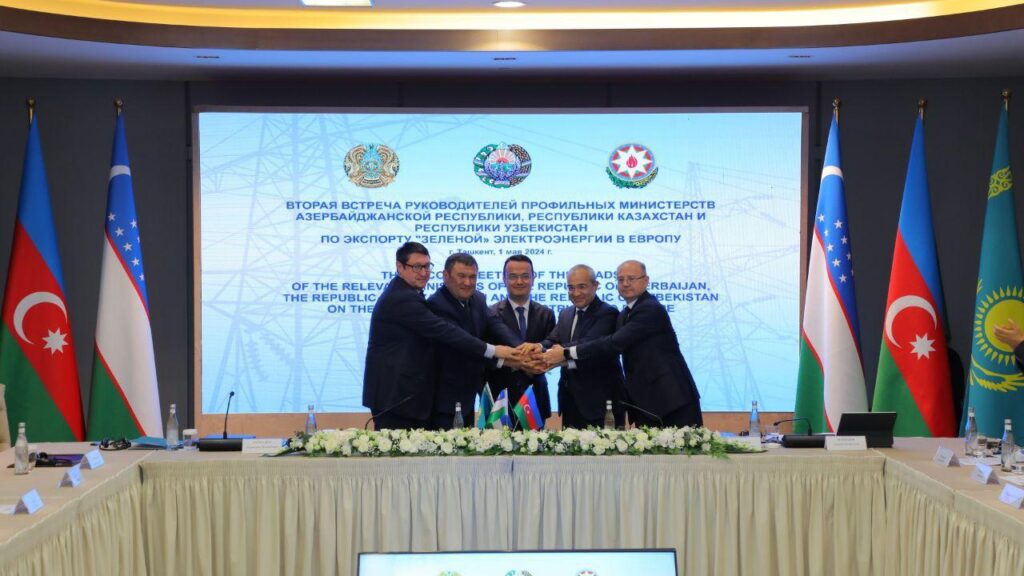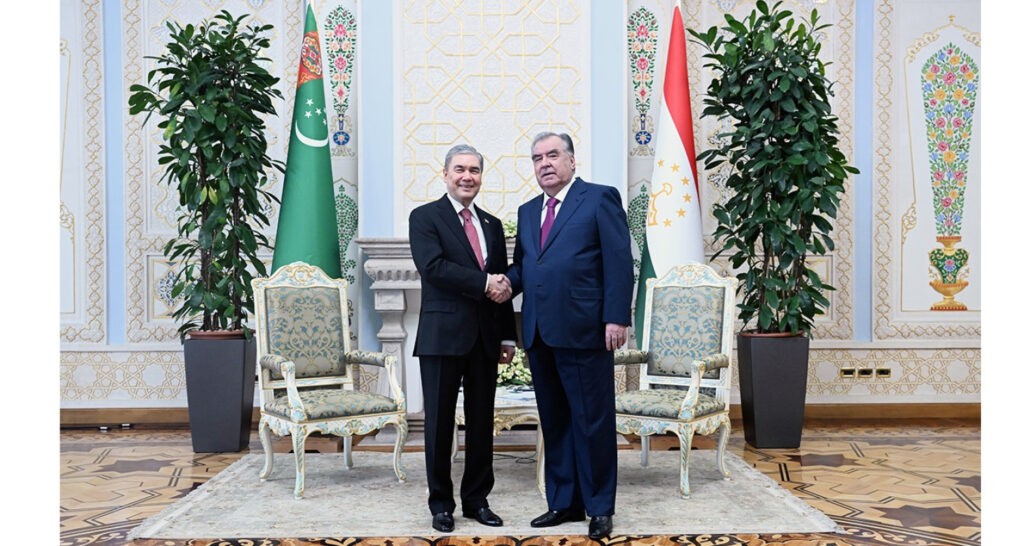Azerbaijan, Kazakhstan and Uzbekistan to Export Green Power to Europe
On 1 May , Azerbaijan, Kazakhstan, and Uzbekistan’s ministers of energy gathered in Tashkent to sign a memorandum of cooperation aimed at connecting their countries’ energy systems. The focus of the initiative is to explore means of connecting energy systems via a high-voltage cable embedded in the Caspian Sea to enable further export of green energy from Azerbaijan, Kazakhstan, and Uzbekistan to European Union countries. Referencing the parties’ earlier draft technical specification for the deep-sea cable, Kazakhstan’s Minister of Energy Almasadam Satkaliev stated, “A proposed business model will be prepared for the development of international transmission corridors - financing, revenue, ownership - and the sale of green energy to European Union countries.” Meanwhile, Asiaplustj.info reports that Tajikistan is still not being envisioned as a part of the system. As that publication notes, Uzbekistan's energy system currently operates in parallel with the energy systems of Kyrgyzstan and Kazakhstan within the framework of the United Energy System of Central Asia (UES CA), which was created under the Soviet Union. This system was abandoned by Turkmenistan in 2003 because Uzbekistan refused to allow transit of Turkmen-produced electricity through its infrastructure. "In November 2009, after a major accident in Tajikistan's energy system, Uzbekistan unilaterally left the UES CA, which automatically left Tajikistan out of this system as well. In 2018, Uzbekistan restored parallel operation within the regional system. Since 2019, with financial support from the Asian Development Bank, work has been underway to bring Tajikistan back into the unified energy ring of Central Asia. The Ministry of Energy of Tajikistan last summer reported on its intentions... to join the regional system by the end of 2023. but this has not happened so far," the report noted.




